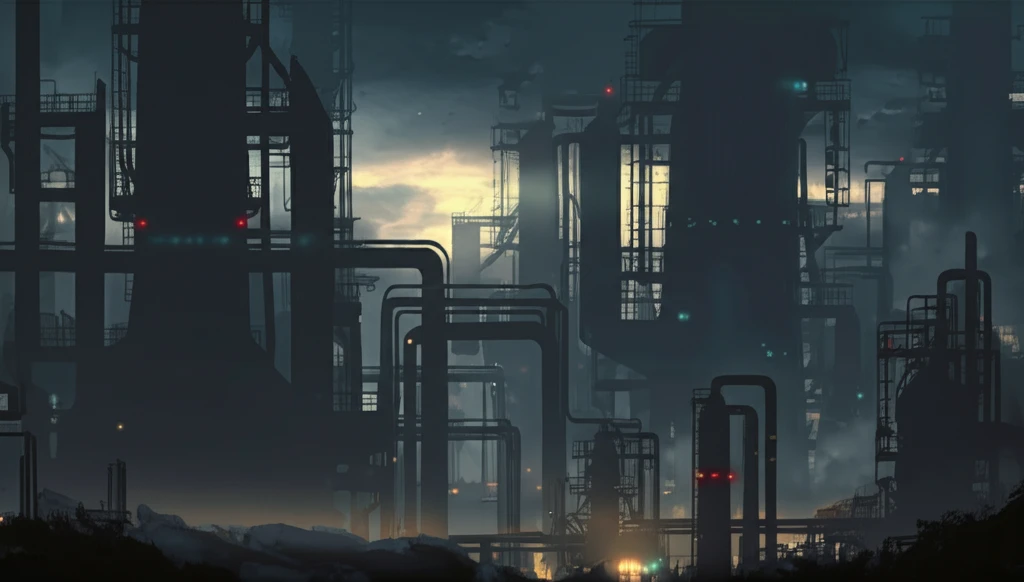
Safety First: Eliminating Process Releases for a Safer Workplace
"Learn how to prevent atmospheric releases of hazardous materials, enhance safety, and protect our environment."
In today's industrial landscape, maintaining the integrity and safety of process facilities is paramount. Atmospheric releases of vapors, gases, or liquids are a common occurrence, often leading to significant incidents. Preventing these releases is not just a matter of regulatory compliance; it's a fundamental aspect of protecting personnel, the environment, and the community.
This article delves into the critical strategies for eliminating process releases, focusing on practical methods and design considerations that can enhance safety and mitigate potential hazards. Our goal is to provide clear, actionable insights to create inherently safer facilities and reduce the risk of catastrophic events.
Whether you're an engineer, a safety manager, or simply someone concerned about workplace safety, understanding how to prevent process releases is essential. Let's explore the key steps and best practices that can make a tangible difference in safeguarding our industrial environments.
Understanding and Addressing Process Releases

Process releases can stem from various sources, including atmospheric releases and leakages. Atmospheric releases occur when vapors, gases, or liquids escape into the environment, often due to equipment malfunctions or operational errors. Leakages, on the other hand, involve the escape of contained substances, such as combustible liquids, through breaches in equipment or systems.
- Open tanks and containers, which allow direct exposure of substances to the atmosphere.
- Vents of storage tanks, designed to release pressure but can also emit vapors.
- Safety valves and pressure relief valves, which discharge to flares or atmospheric vents.
- Glands of pumps and compressors, prone to leakage due to wear and tear.
Designing for Safety: Practical Methods and Inventory Reduction
Process facilities should be designed to minimize or eliminate exposed combustible vapors. Practical methods include inventory reduction, proper venting and relief valve management, and closed-loop sampling systems. By reducing the quantity of hazardous materials stored and handled, facilities can decrease the potential impact of a release. Additionally, routing waste combustion gases to a flare or back into the process can prevent atmospheric emissions. Implementing these strategies requires a comprehensive approach, involving careful planning and execution to achieve optimal safety outcomes.
